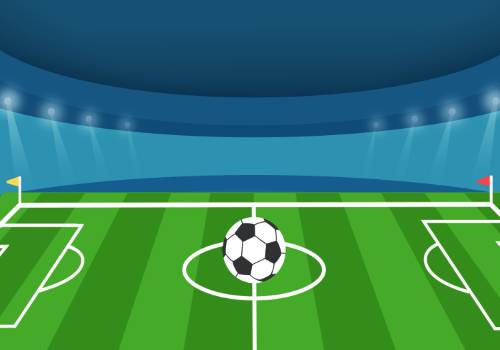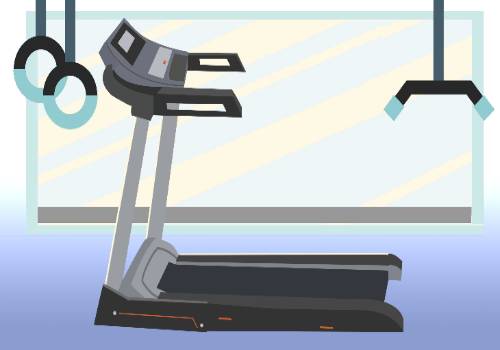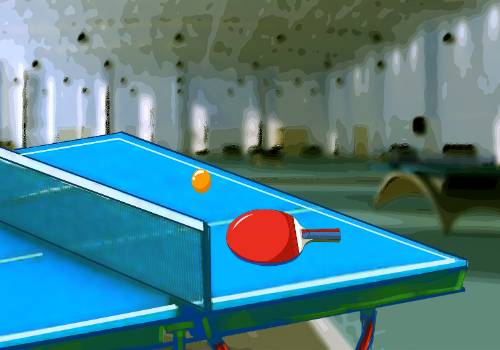一、原级比较:as
(1)as+形容词/副词+as,“和……一样”(第一个as是副词,第二个as是连词,引导比较状语从句)
否定形式:not so/as+形容词/副词+ as
 (资料图片仅供参考)
(资料图片仅供参考)
The room is as big as we imagined. 房间和我们想象的一样大。
The room is not as/so big as we imagined. 房间没我们想象的大。
as… as用在肯定句中,而not so… as用在否定句中。这条语法在口语中的界限其实没那么明显,尤其是在这两种情况下,用as比用so普遍:
He is not as old as she is. 他和她不一样老。(暗示第二个as后面的人有形容词所指的性质,含有“她是老年人的意思”)
He is not as old as she is, but much older. 他和她年纪不一样,比她更老。(如果用so就有“没有这么老”的意思,结果后面又说“比她更老”,前后会出现矛盾)
(2)not so much… as…,“与其……不如……”(否定前者,肯定后者)
Success lies not so much in luck as in hard work. 与其说成功在于运气,不如说在于辛勤劳动。
(3)A is to B what C is to D,“……之于……就好像……之于……”
Air is to us what water is to fish. 空气对我们 (人) 的关系犹如水对鱼的关系。
what在此句型中是连词,引导表语从句,表示两个事物间相似的关系。这个句型可以看作:to B, A is what C is to D. 意思是,“对于B来说,A就是C对于D那样的东西。”
如果是数与数的比较,则一般使用as。A is to B as C is to D
2 is to 4 as 8 is to 16. = As 2 is to 4, (so) 8 is to 16. 2比4等于8比16。
二、比较级
1、连词than
(1)常用结构:形容词/副词的比较级+than
Mike is heavier than his brother. 迈克比他弟弟重。
一些表示程度的词可以修饰比较级,比如:much,many,even,far,still,greatly,slightly,a bit,a little,a lot等等。
Mike is much/a bit heavier than his brother. 迈克比他弟弟重得多。
注意,当many的比较级more后接复数名词时,不能用much来修饰,而要用many或far来修饰。
I can hold many more things. 我也可以接受更多的事情。
若比较的事物间存在包含关系,则需要用other或else来将其与整体区分开,使逻辑清晰。
She works harder than any other student in her class. 她学习比班里任何学生都努力。
不能说:She works harder than any student in her class.
因为she也是班级中的一员,any student也包括她自己,在句意上显然是前后矛盾的。
(2)常规否定结构:less+形容词/副词的原级+than或not+形容词/副词的比较级+than
Mike is less heavy than his brother.
Mike is not heavier than his brother. 迈克没有他的弟弟重。
注意:not和no在比较级前的使用:
not是对常规的比较级结构的否定,而no more than和no less than则是两个特殊结构。
简单来说,no起的是强调相反情况的作用。
no more就是强调more的反面less,也就是说强调的是数量少、程度低。
比如:He has no more than 10,000 dollars;在说话者心里已经有一个10,000 dollars“少”的概念,而no强调了这一个“少”的概念,所以这句话的潜台词是“他有跟一万美元一样少的钱”——“他只有一万美元。”
no less就是强调less的反面more,也就是说强调的是数量多、程度高。
比如:He has no less than 10,000 dollars; 在说话者心里10,000 dollars“很多”,no强调了“多”的概念,这句的潜台词就是“他有跟一万美元一样多的钱”——“他有多达一万美元。”
下图进一步整理了相关结构及例句,来帮助理解这两个用法间的区别。
2、“越……,越……”与“越来越……”
①the+比较级…,the+比较级…,前面结构是状语从句,后面结构是主句,表示“后面随着前面的变化而变化”,“越……,越……”。
The older we grow, the poorer our memory will become. 年纪越大,记忆力越差。
②比较级的双重变化,如more and more,表示事物持续不断的变化,表示“越来越……”。
Our memory is becoming poorer and poorer. 我们的记忆力变得越来越差。
注意:不能说more and more poor;more and more后面不加单音节词。
3、倍数表达法
①A is 倍数+the size/length/width of B “A 是B的几倍大小/长/宽”
②A is 倍数+as+形容词或副词原级+as of B “A 是B的几倍”
例句:
The Yangtze River is almost three times the length of the Pearl River.
=The Yangtze River is almost three times as long as the Pearl River.
长江差不多是珠江的三倍长。
三、最高级
(1)基本结构:(the)+形容词/副词的最高级+比较范围
The Yangtze River is among the longest rivers in the world. 长江是世界上最长的河流之一。
(2)其他结构:more… than,否定词+比较级
She works harder than any other student in her class. 她学习比班里任何学生都努力。(她是班里最努力的学生。)
Nothing is more attractive to me than reading. /Nothing appeals to me more than reading.没有什么比阅读对我更有吸引力。
(3)定冠词the在比较级和最高级中的用法
但记“最高级中要用the”是不够的,我们还要了解为什么最高级中要用定冠词the。
首先,定冠词the出现在形容词最高级修饰的名词短语中。如果不在名词短语中,一般就不用the。
比如:This painting is most interesting. 这幅画最有趣。
most并不出现在名词短语中,所以这时most并不表示最高级,而是表示程度,相当于very,very much。
其次,定冠词the表示明确的指示,当语境中需要在一个特定范围中指出确定的一个时,不只是最高级前加the,比较级前也可以加the。
请比较:
This is the most interesting painting of all. 这是所有画里最有趣的一幅。
This is the more interesting painting of the two. 这是两幅画里更有趣的一幅。
最后,注意实际应用中名词词组的省略。比如:
This is the most interesting of all his paintings. 这是他所有的画里最有趣的一幅。
这句中most看似不在名词词组中,但还是使用了冠词the。
其实前面的名词词组应该是the most interesting painting,省略了painting。因为表示范围的of词组已经暗示这个名词是painting,为了避免重复,所以省略了前一个painting。
四、有一些词本身具有极限的意思,所以不能采用比较结构。
比如:absolute(绝对的),alone(单独的),correct(正确的),complete(完全的),dead(死的),eternal(永恒的),excellent(优秀的),empty(空的),final(最后的),maximum(最大的),perfect(完美的),pregnant(怀孕的),supreme(至高的),unique(独一无二的),unanimous(意见一致的),wrong(错误的)等等。
这些词没有等级差别,不过可以用nearly,almost,the most closely,more nearly等表示“接近”的副词来修饰。
比如:nearly perfect 接近完美的






























































































































